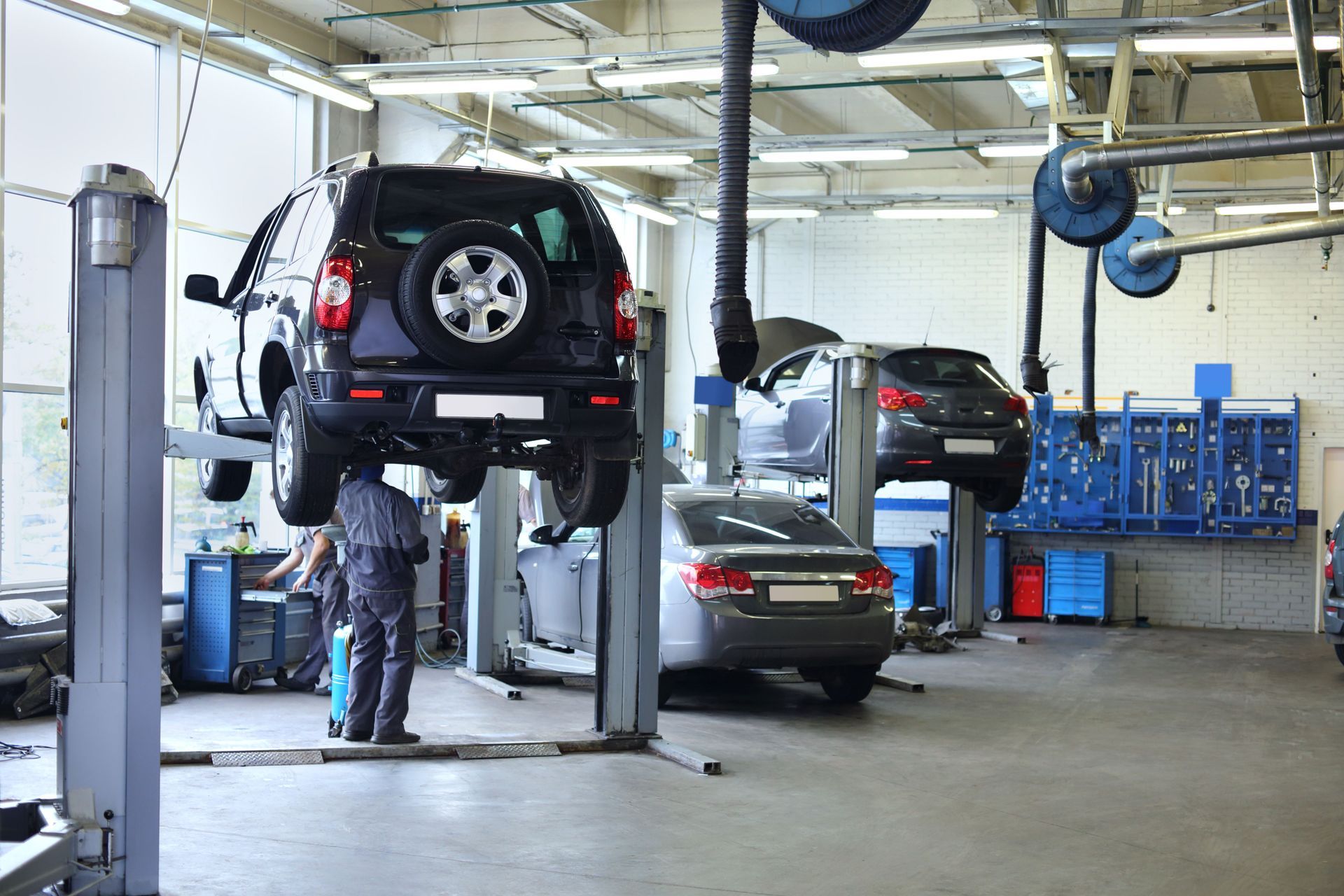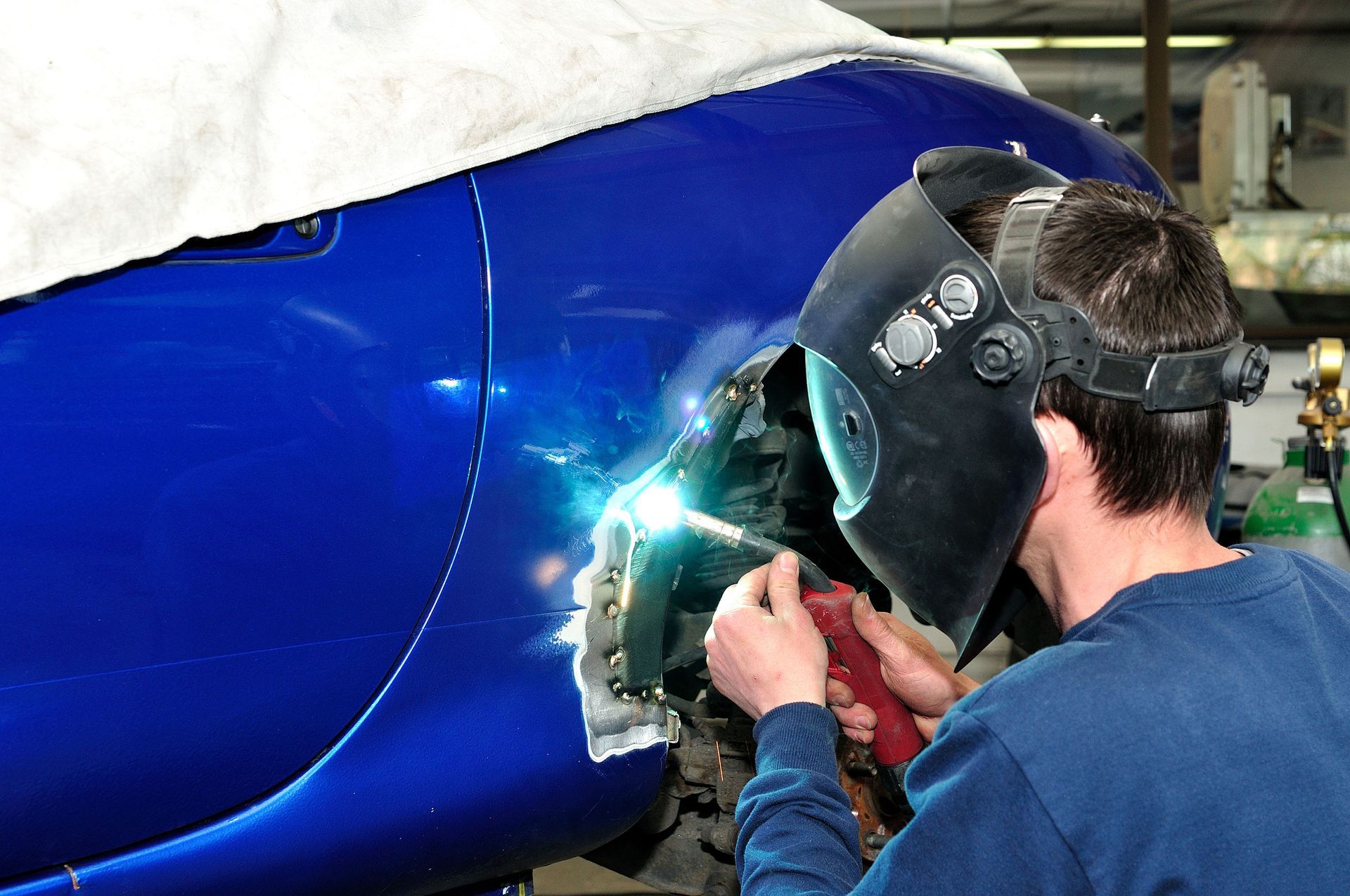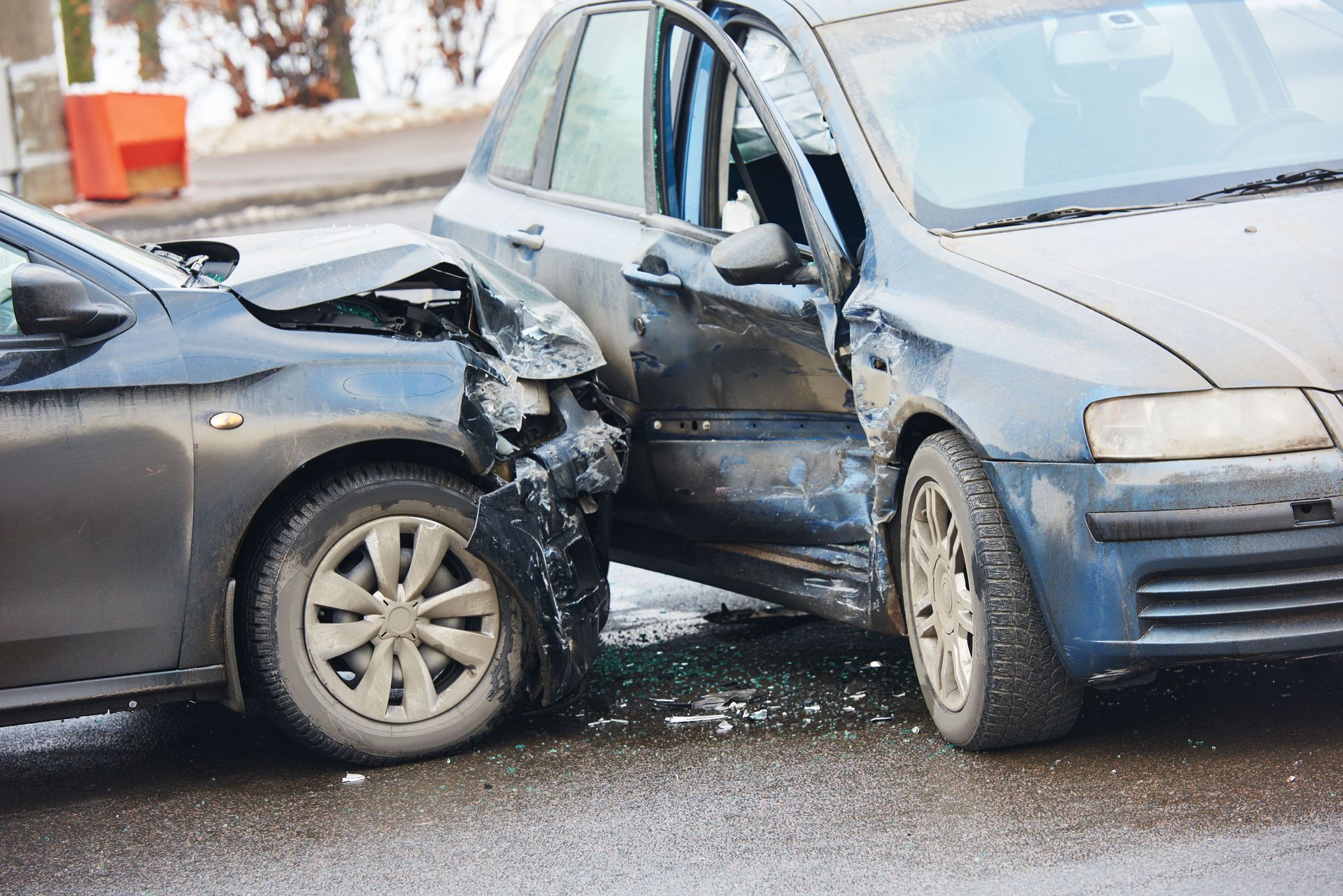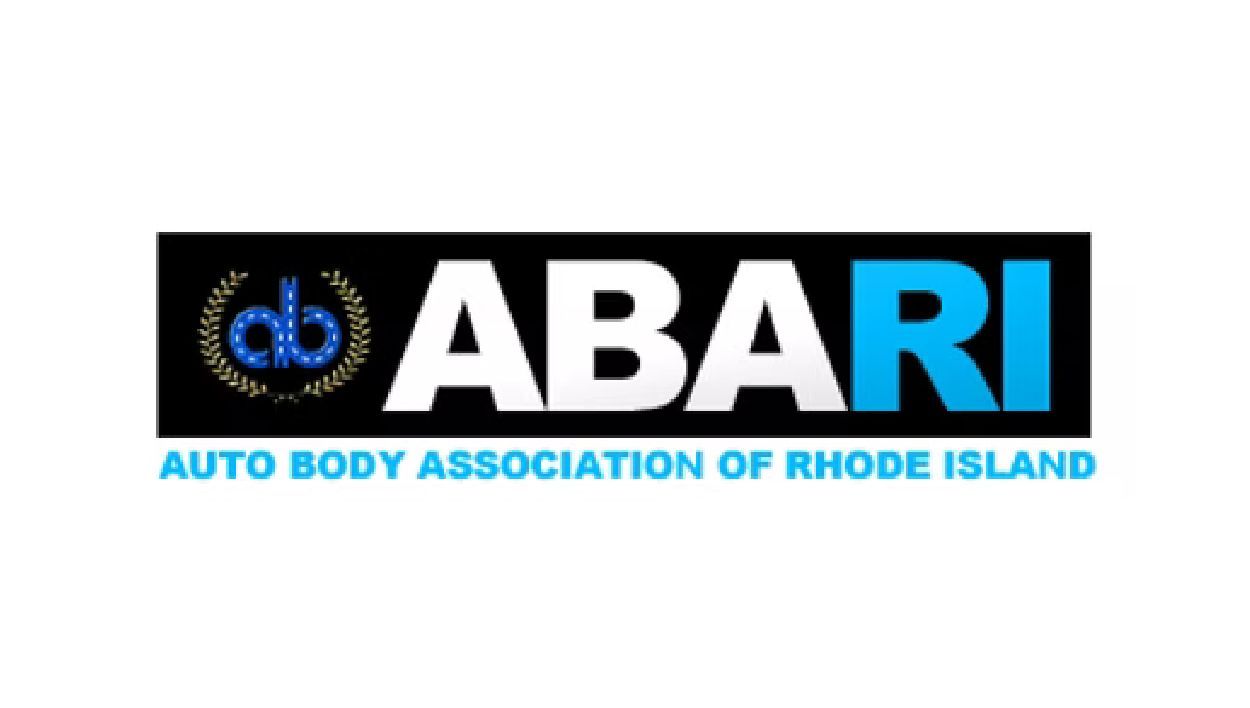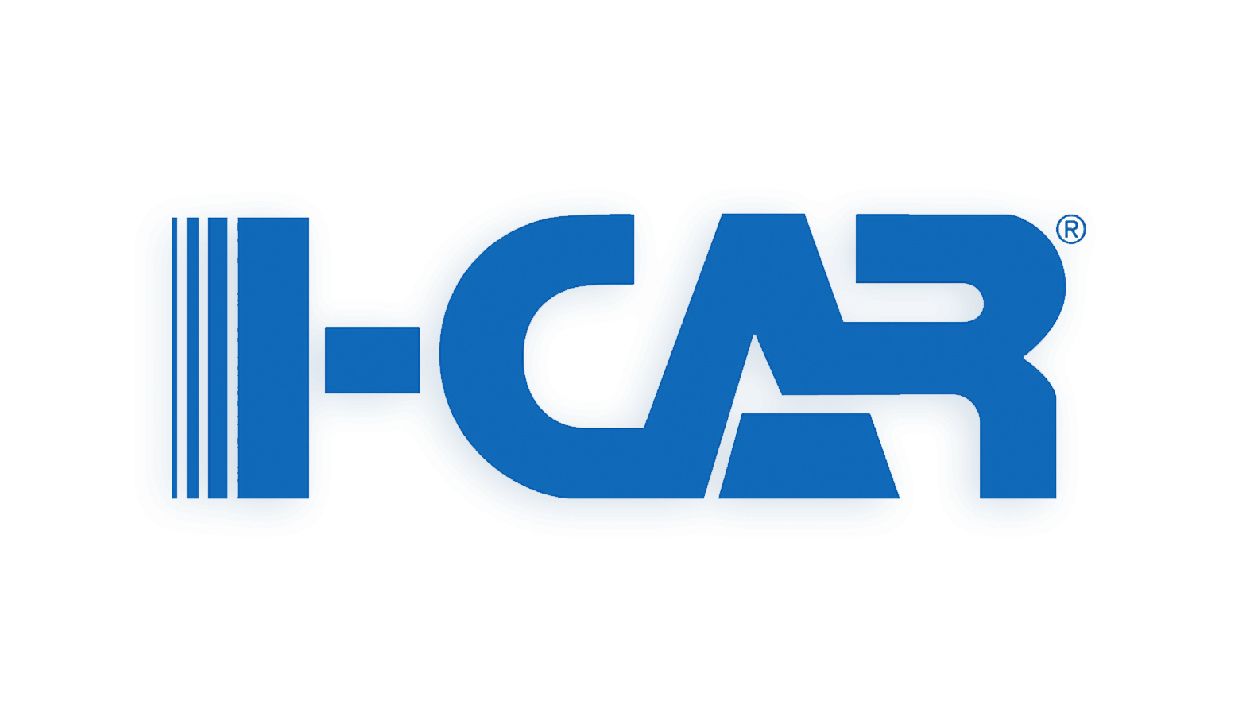February 23, 2021
It’s necessary to use the best replacement parts to preserve your GMC’s sophisticated ADAS.
When you take your GMC to a shop for repairs, it’s imperative that the shop follows the guidelines specified in General Motors’ Position Statement. Every shop has access to this information, but not every shop follows what the manufacturer says.
GM makes it clear that all shops should follow their instructions for how to properly repair GMC bumpers/fascias on vehicles that are equipped with Advanced Driver Assistance Systems (ADAS) and there are several reasons for this.
If you’re not familiar with what the ADAS does, it is the modern technology that can help you avoid collisions, park easily, switch lanes safely, and more. It can include sensors, cameras, alerts, and navigational help.
Depending on the GM model and the year it was manufactured, your vehicle may have a very different level of ADAS than another GM vehicle.
Many components of a vehicle’s ADAS are embedded within the bumper and fascia, and because Advanced Driver Assistance Systems can be very sophisticated, it’s crucial to use the precise parts necessary for repairs.
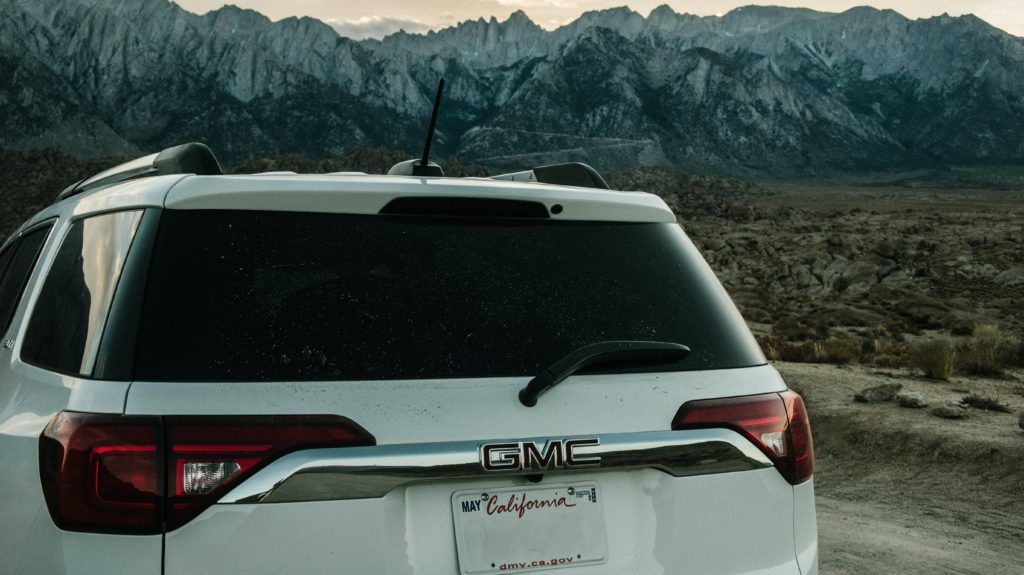
Why aftermarket, reconditioned, and salvaged parts just won’t cut it.
The biggest reason that GM wants you to use only new Genuine GM parts is because they have been designed and manufactured for your GMC’s specific system.
GM explains, “General Motors (GM) vehicles, systems and components are engineered, tested and manufactured to protect vehicle occupants based upon both government mandated and internal corporate requirements relative to durability, Noise, Vibration and Harshness (NVH), occupant protection, and vehicle safety. The overall structural integrity of the vehicle is dependent on maintaining its inherent design specifications.”
Basically, they are saying that it would be taking a huge risk to use aftermarket, reconditioned, or salvaged parts, because those part might threaten the performance of your ADAS.
While Genuine GM parts have been made to fit your system like a glove, aftermarket parts are intended for use in a broader range of makes and models. They’re also usually made with cheaper materials than OEM parts.
As for salvaged parts, it’s often hard to determine their history and current structural integrity, so it’s difficult to predict how they’ll hold up. The same goes for reconditioned parts, which may have been rendered less effective through the reconditioning process:
GM says, “Reconditioned Bumpers/Fascia’s available in the aftermarket may have been repaired using substrate repair “filler material” or reinforcement tapes and as such General Motors does not endorse the use of reconditioned ADAS Bumper/Fascia systems. Only Genuine GM ADAS Bumpers/Fascias and components are tested and validated as a safety system.”
The process of reconditioning bumpers/fascia is generally disapproved of, because it can affect the stability of the components, rendering them unreliable.
Safety is always first when it comes to repairs.
In no uncertain terms, it can be very dangerous to cut corners with your bumper/fascia repair if your car is equipped with ADAS. Using the wrong parts could cause a cascade problems for your system, leading to a possible collision.
Imagine driving on the highway and your cruise control malfunctions or your emergency braking fails or your blind spot detection acts up. Any one of these issues could lead to catastrophe.
“At General Motors, safety is our overriding priority. With the safety of our customers at the center of everything we do, we are limiting repairs to Bumpers/Fascia’s with Advanced Driver Assistance Systems (ADAS) to topcoat refinish only. Further, topcoat refinish material thickness of repaired ADAS Bumper Fascia systems must not exceed 13 mils in thickness. Any repairs such as gouges, tears or damage that requires the use of substrate repair material or reinforcement tapes must be avoided.”
As you can see, GM has specified that only very superficial cosmetic procedures are permitted in repairing your GMC’s bumper/fascia.
Any repairs that might be necessary beyond these cosmetic procedures would warrant all-new OEM replacement parts in order to maximize your car’s performance and safety.
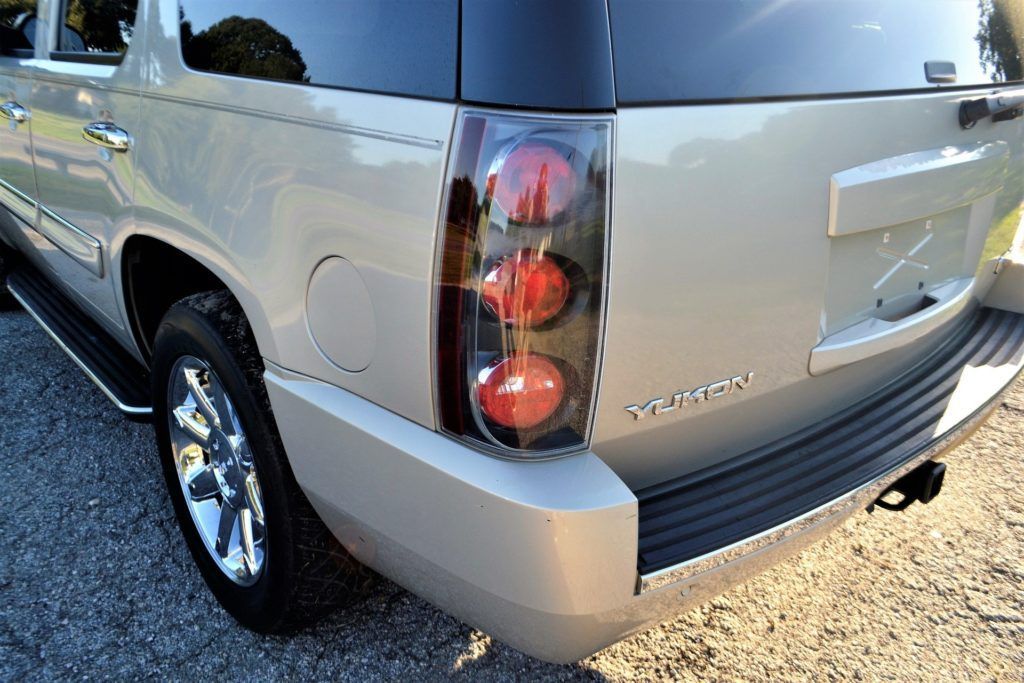
Save time, money, and possibly your life by choosing a shop that follows GM’s guidelines for how your GMC is repaired.
We take a fine-tooth comb to every manufacturer Position Statement that comes our way, because we want to make sure we deliver the best possible repair to every customer.
Some shops don’t pay attention to what the manufacturer recommends or they simply disregard the information, even though they know better. We would never take that chance with your wallet or your safety.
You can trust us to treat you and your vehicle with the utmost respect and care.

